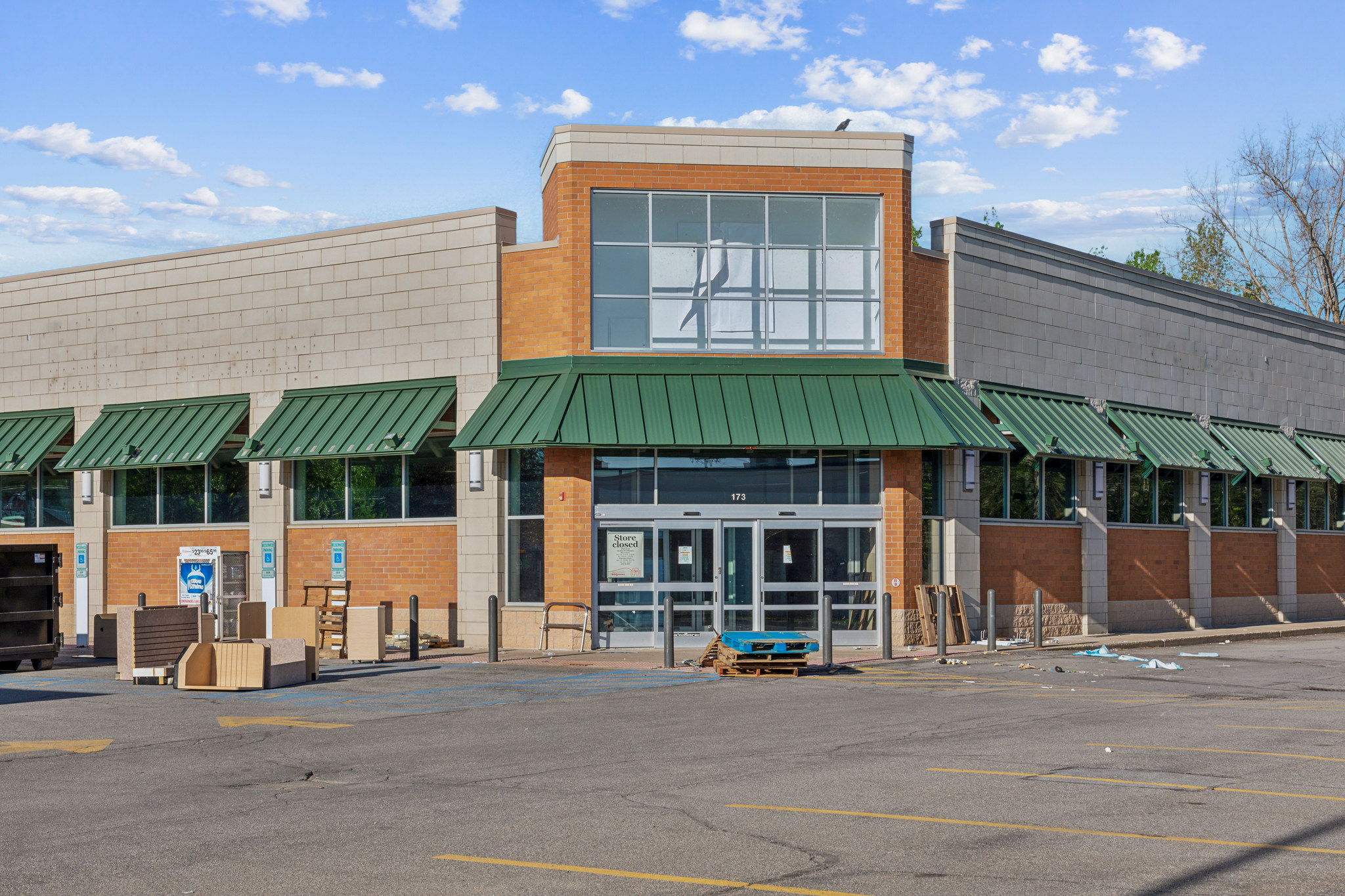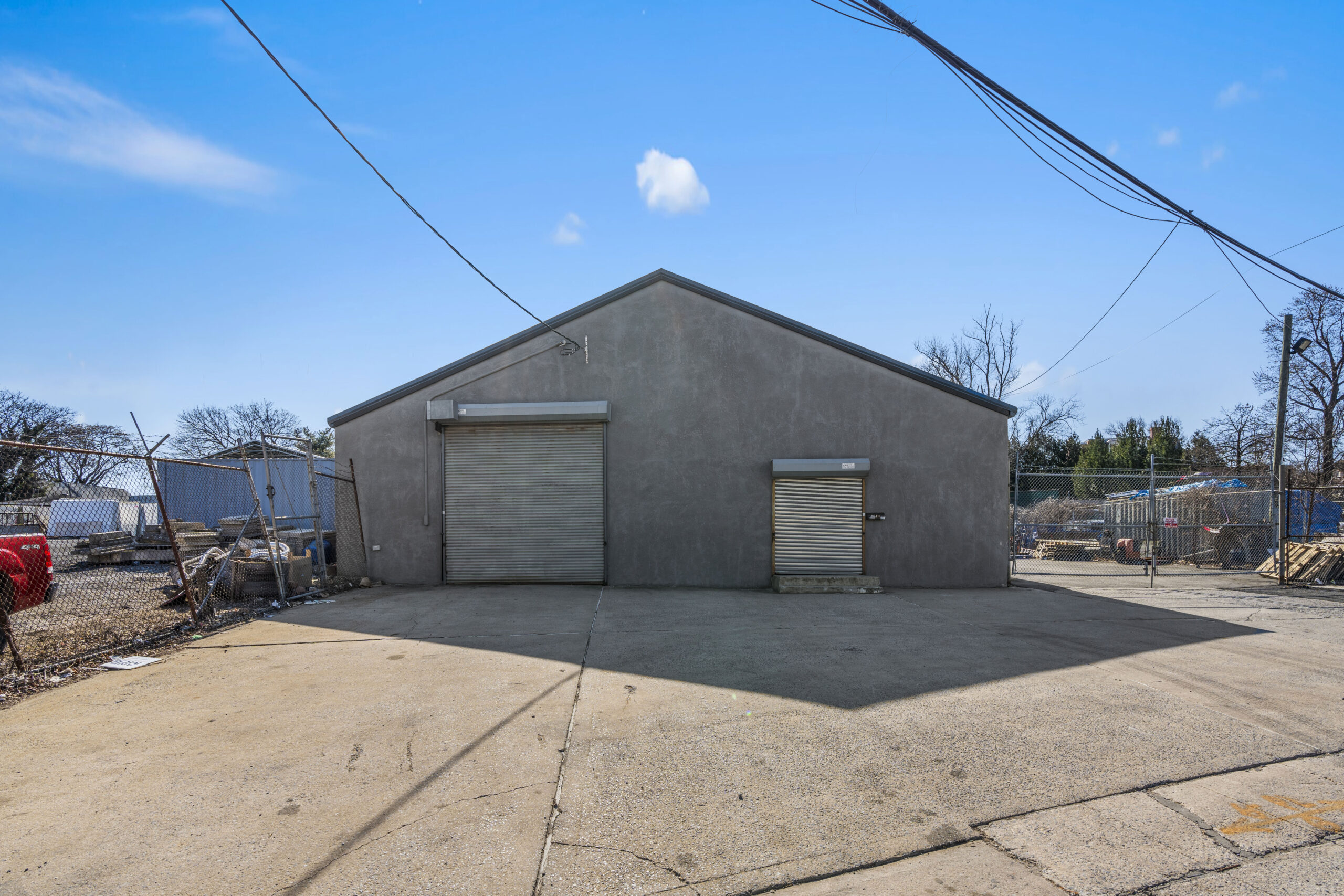1. Figure Out Your Credit Score and What it Means for Your Mortgage
Before you apply for a mortgage, you first need to figure out your credit score.
Your credit score can play a huge role when it comes to what you can afford for a home and how much interest you’ll end up paying. For example, let’s say your credit score is 750 and you’re applying for a $200,000 mortgage. If you apply for a 30-year mortgage, you can expect to pay around $138,000 in interest over the 30-year term.
But, let’s say your credit score is 650. For that same home, you can expect to pay about $35,000 more in interest over the course of your mortgage. Obviously, $35,000 is a lot of money!
You may find that it’s worth it to build up your credit score before you apply for your mortgage. If you want to figure out how much your credit score will cost you/save you, you can head to myfico.com and use their mortgage calculator.
2. Consider the Different Types of Mortgages Available
Before applying for a mortgage, you’ll also want to consider the different types of mortgages available. Here’s what you have to choose from:
Conventional Mortgages
These mortgages are not guaranteed by the government. You can sometimes find a conventional mortgage with a down payment rate as little as 3%.
The thing to keep in mind with a conventional mortgage is that qualifying for one can be tougher than qualifying for a government loan. Also, keep in mind that if you put down at least 20% for a conventional mortgage, you won’t have to purchase mortgage insurance.
To qualify for a conventional mortgage, you’ll need a credit score of at least 620. However, if you’re hoping to get a really good mortgage rate, you’ll want your credit score to be at least 740.
FHA Loans
FHA stands for Federal Housing Administration. These loans are insured by the government (the FHA, specifically), and your down payment can be as low as 3.5%.
The FHA was created as a component of the New Deal in 1934, and it’s a part of the National Housing Act. The purpose of the FHA was to reduce the number of foreclosures and make homeownership more affordable.
If you have limited savings and a lower credit score, an FHA loan is a good option, as it allows for credit scores as low as 580. These loans are very popular for first-time homebuyers, as the FHA insures its lenders, such as banks and credit unions. This means that should you default on your loan, the lender will be protected.
USDA Loans
These loans are guaranteed by the US Department of Agriculture. USDA loans are for rural home buyers, and they typically don’t require any sort of down payment.
However, if you put little or no money down with a USDA loan, you’ll have to pay for mortgage insurance. This type of mortgage is for low and very-low-income applicants, with income thresholds varying by region. With subsidies, your interest rate can be as low as 1% for a USDA loan.
For more information on USDA loans, click here.
VA Loans
This type of mortgage loan is guaranteed by the Department of Veteran Affairs. If you’re a current or veteran military service member, then you qualify for this type of loan, typically with no down payment.
A VA loan is issued by a private lender, such as a credit union, bank, or mortgage company. If eligible, you can fill out a VA loan application with the lender of your choice. Many lenders offer VA loans, but not all.
Surviving spouses of service members who died from a service-related disability or while on active duty can also qualify for a VA home loan.
Each of these mortgage options come with a variety of eligibility requirements and down payment options, so be sure to research each one thoroughly before deciding.
There are also first-time homebuyer assistance programs that you can look into. These usually involve assistance with a down payment and assistance with closing costs.
3. Figure Out How Much You Can Borrow
Before you apply for a mortgage, you also need to figure out how much you can borrow.
Lenders typically work with two different debt ratios to calculate how much you can borrow. In short, you don’t want your monthly house payment to be any more than 28% of your pre-tax income. Additionally, your total debt should be no more than 36% of your pre-tax income.
The ratio that offers the lower payment is what the lender will use. While some lenders offer more generous qualification ratios, these are the most common.
4. Get Your Documents In Order
Before you apply for a mortgage, you’ll need to get the right documents together. Generally speaking, here’s what you need:
- Documentation of your income (ie, your last few pay stubs)
- Proof of employment
- ID (driver’s license, passport, birth certificate, etc)
- Social Security card
- Driver’s license
- Brokerage and bank statements
This is by no means an exhaustive list, so you’ll want to check with your mortgage lender to figure out everything you need.
Are You Ready to Apply for Your First Mortgage?
Now that you’ve read these first mortgage tips, it’s time to get ready to apply. Hopefully, you’ll soon have a new house and a great mortgage rate.
Be sure to check back in with our blog for more real estate-related tips and tricks.







Leave a Comment